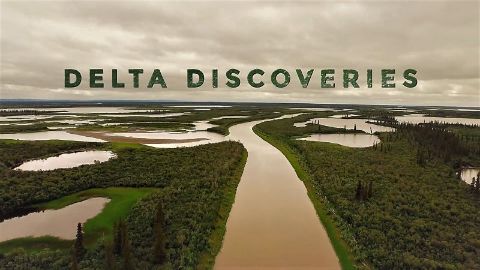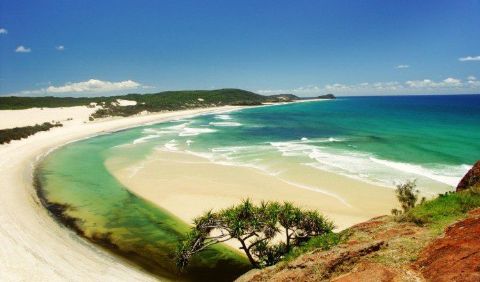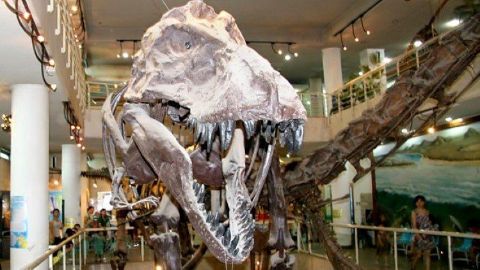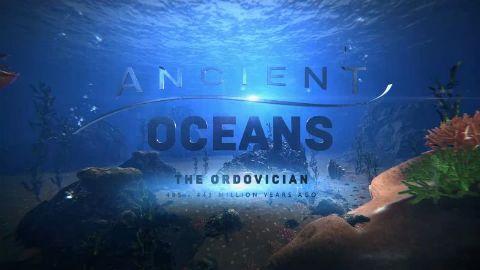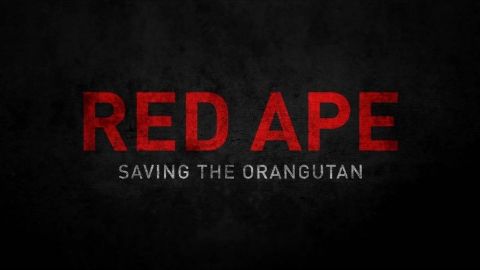Top 10 Biggest Beasts Ever • 2015
Before man ruled the world, Earth was a land of giants. Count down the biggest beasts of their kind to ever roam the planet in this eye-opening special, and uncover the secret lives of these supersized species. Birds with plane-length wingspans, dinosaurs rivalling a Boeing 737; this stunning CGI special goes in search of the truth behind these monsters, counting down the ten largest and most extraordinary finds. From handling the recently unearthed bones of a dinosaur far larger than previously known, to analysing the flight technique of a giant seven-metre bird uncover the unique adaptations that allowed each animal to thrive. Visual stunts and surprising size comparisons bring each beast vividly back to life in ever-increasing sizes. Get ready for a dramatic countdown of the most mind-blowing lost giants.
Make a donation
Buy a brother a hot coffee? Or a cold beer?
Hope you're finding these documentaries fascinating and eye-opening. It's just me, working hard behind the scenes to bring you this enriching content.
Running and maintaining a website like this takes time and resources. That's why I'm reaching out to you. If you appreciate what I do and would like to support my efforts, would you consider "buying me a coffee"?
Donation addresses
BTC: bc1q8ldskxh4x9qnddhcrgcun8rtvddeldm2a07r2v
ETH: 0x5CCAAA1afc5c5D814129d99277dDb5A979672116
With your donation through , you can show your appreciation and help me keep this project going. Every contribution, no matter how small, makes a significant impact. It goes directly towards covering server costs.
